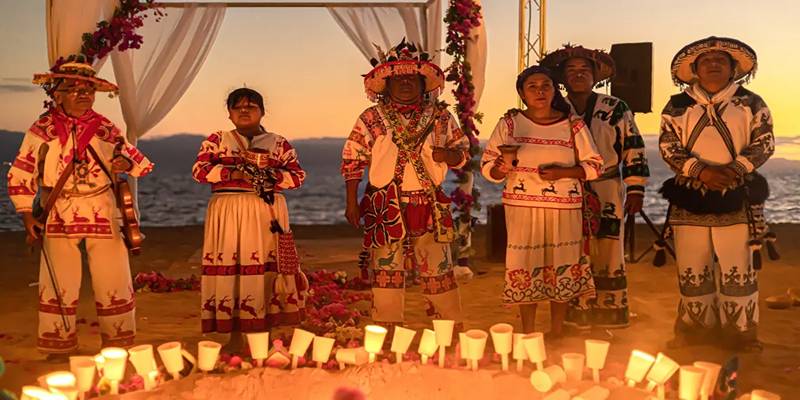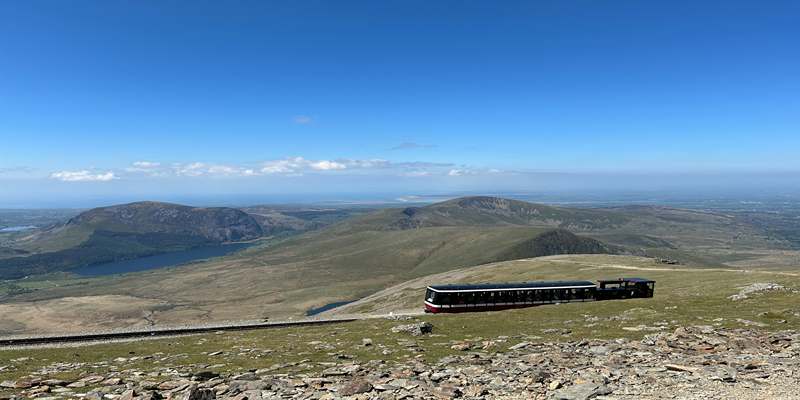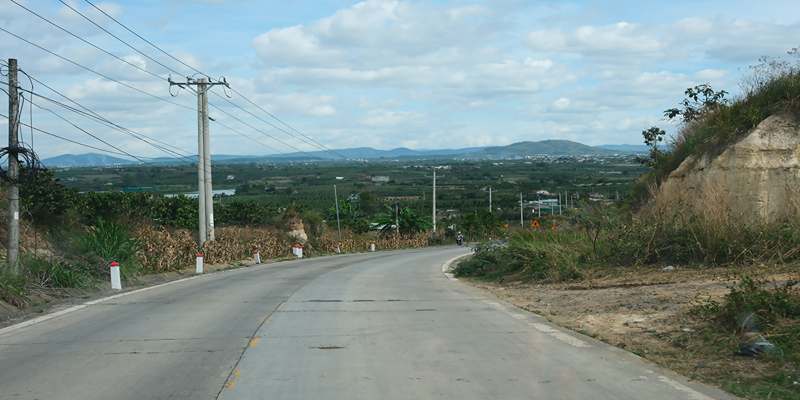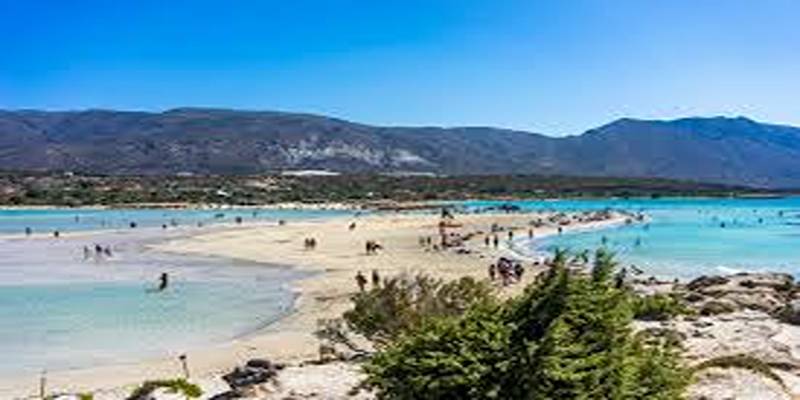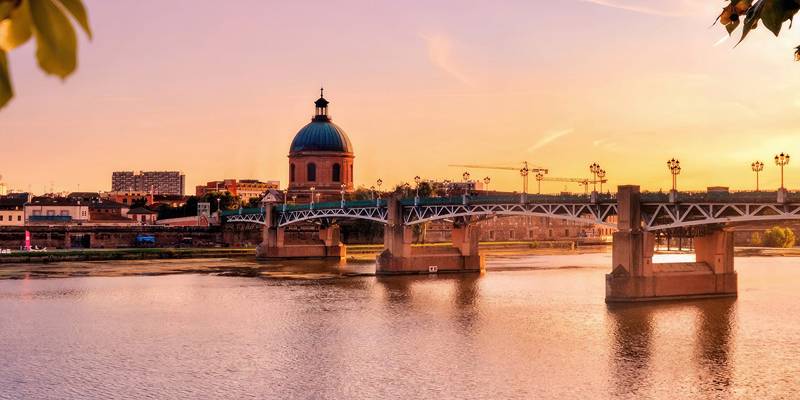In some of the most remote parts of New Zealand, backcountry huts allow hikers to see nature up close, still keeping them protected from cold nights. Most of the time, you’ll find rustic retreats in national parks, in the mountains, or near peaceful lakes. By remaining in a hut, you get to enjoy the hiking tradition in a unique way called “tramping” by the locals. No matter if your hike is a short one or you’re out for many days, New Zealand huts give you a special break from the world. Because there are so many maintained by the Department of Conservation, huts continue to be an important and memorable part of every outdoor trip.

Why Backcountry Huts in NZ Are So Special
Historic Legacy of New Zealand Huts
Travelers and explorers such as early settlers, gold miners, and deer cullers who came to New Zealand first made the trails used by today’s huts and tracks. Since there were few resources, the original huts provided only the basics to protect people in harsh areas. With time, staff from the Department of Conservation fixed and expanded these huts so they could be used by today’s hikers. Getting to these huts through the world of today, NZ visitors experience a chance to feel what early frontier life was like. You can feel the stories in each hut, and their walls have memories of the generations who stayed there.
Connection to Nature and Remote Landscapes
Hiking huts in New Zealand are put in wonderful, hidden parts of the country that are not easy to get to. Because the park is far from cities, it gives hikers a chance to enjoy the outdoors in peace. When spending the night in a backcountry hut, you hear birds singing, prepare your meals by lighting a candle, and admire beautiful unobstructed views of mountain ranges, rivers, or forests. Because a lot of these huts can only be accessed by walking, the path you travel adds to your experience. Being in a natural setup, people notice and appreciate why it is so important to save New Zealand’s environmental wonders.
Types of New Zealand Hiking Huts You’ll Find
Serviced, Standard, and Basic Hut Options
New Zealand huts come in various categories to suit different hiking needs and experience levels. Serviced huts offer the most amenities, including mattresses, water supplies, toilets, and heating. Standard huts may have fewer comforts, such as no firewood or gas heating, but still provide bunks and shelter. Basic huts are the most primitive, often with dirt floors or minimal facilities. Each type caters to different levels of preparation and adventure. Choosing the right hut depends on the remoteness of the trail, expected weather, and how much weight you're willing to carry, making research and planning essential before your trek.
Popular Backcountry Huts NZ Hikers Love
Among the hundreds of backcountry huts NZ offers, some stand out for their views and accessibility. Mueller Hut in Aoraki/Mount Cook National Park offers breathtaking alpine vistas. Angelus Hut, perched beside a glacial lake in Nelson Lakes National Park, is reached via a dramatic ridgeline. Welcome Flat Hut is famous for its nearby natural hot springs and rainforest setting on the West Coast. These popular huts require advance booking, especially during peak hiking seasons. While they may be more visited, their beauty and unique locations make them favorites among both local and international hikers.
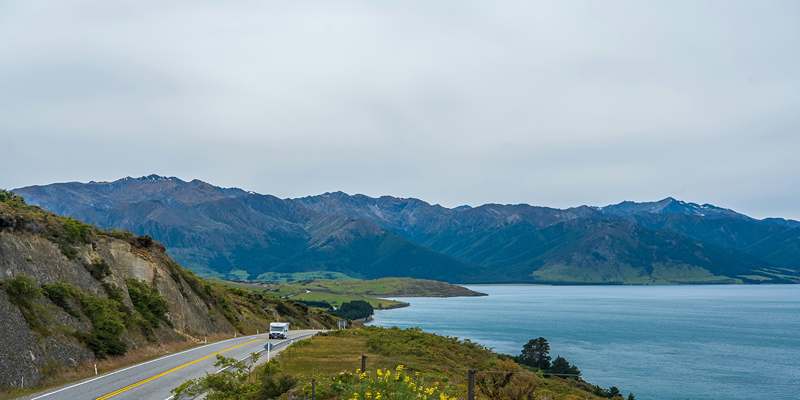
How to Plan Your Stay in New Zealand Huts
Booking Huts and What’s Required
Planning to stay in New Zealand hiking huts requires understanding the booking system, especially for popular or serviced huts. The Department of Conservation (DOC) manages most of the huts and offers an online booking portal. Many huts, particularly serviced or Great Walk huts, must be reserved in advance, especially during peak seasons. For other backcountry huts, a DOC hut pass or tickets may suffice. Knowing whether a hut requires booking or is first-come, first-served is crucial to avoid disappointment. Always check the hut’s status, availability, and weather conditions before departing on your hike.
What to Bring and What’s Provided
While New Zealand huts provide essential shelter, hikers must come prepared with the right gear. Most huts offer bunks with mattresses, but you’ll need your own sleeping bag, cooking gear, and food. Toilets are usually available, but water must often be treated or boiled before drinking. Lighting is limited or nonexistent, so headlamps or lanterns are essential. If you’re visiting a basic hut, prepare for minimal comforts—possibly no mattress or water. Even in serviced huts, being self-sufficient is key. Always bring warm layers, rain protection, and emergency supplies, as mountain weather in New Zealand can change quickly.
Best Backcountry Huts NZ for Remote Hiking
Secluded Gems for the Experienced Trekker
For hikers seeking solitude, New Zealand offers many off-the-beaten-path huts that provide an unmatched wilderness experience. Top Forks Hut in Mount Aspiring National Park is a rarely visited treasure nestled among glacial valleys. Ivory Lake Hut, perched in the Westland wilderness, is a challenging destination but rewards with jaw-dropping alpine views. These huts require serious planning, navigational skills, and sometimes river crossings or alpine travel. Because they are less frequented, you may have the entire hut—and the surrounding wilderness—to yourself. These remote huts capture the spirit of backcountry adventure and offer true escape from civilization.
Scenic Trails That Lead to Stunning Huts
Some of the most beautiful hikes in New Zealand lead to equally stunning backcountry huts. The Cascade Saddle route to Dart Hut offers panoramic views over alpine valleys. Routeburn Flats Hut sits by a sparkling river framed by steep mountain faces. Green Lake Hut in Fiordland National Park is surrounded by dense forest and rarely visited tarns. These scenic trails provide the ultimate reward at the end: a cozy, atmospheric hut nestled in pristine nature.
Conclusion
Staying in New Zealand’s backcountry huts is more than just a way to rest—it's a cultural and natural experience unlike any other. From cozy alpine shelters to secluded forest cabins, these huts invite you to step into the heart of the wilderness and live simply, even if just for a night. With the right planning and respect for the environment, you’ll find that New Zealand hiking huts offer some of the most rewarding travel experiences in the country. Pack your gear, lace your boots, and discover the wild magic that awaits beyond the trail.

